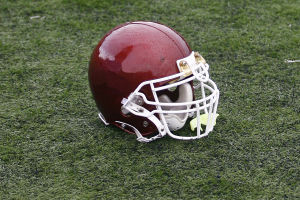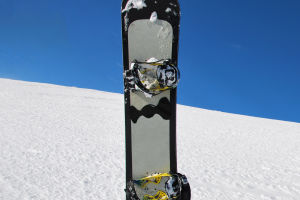Paddle tennis, also known as padel, is swiftly becoming one of the most popular racket sports around the globe.
Combining elements of tennis and squash, this dynamic sport offers a unique and engaging experience for players of all ages and skill levels.
With its growing popularity, it's important to understand the fundamentals, history, and reasons behind its increasing appeal.
The Origins of Paddle Tennis
Paddle tennis originated in the 1920s, credited to a New York City Episcopal minister named Frank Beal. Seeking a sport that could be played in smaller urban spaces, Beal adapted tennis to create a more compact and accessible game. His innovation led to the development of smaller courts and a simplified set of rules, making the game easier and more appealing to a broader audience.
The modern version of paddle tennis, often referred to as padel, took shape in the 1960s in Mexico. Enrique Corcuera, a Mexican businessman, constructed a court at his home, surrounded by walls to prevent the ball from escaping. This design closely resembles the current padel courts, combining aspects of tennis and squash. Padel quickly spread to Spain and Argentina, where it gained massive popularity before reaching other parts of the world.
Basic Rules and Gameplay
Paddle tennis is played on an enclosed court, roughly one-third the size of a traditional tennis court. The court measures 20 meters in length and 10 meters in width, surrounded by glass and mesh walls. Unlike tennis, the walls are integral to the game, as players can use them to rebound the ball.
The game is played with solid, perforated paddles and a pressurized tennis ball. The scoring system mirrors that of tennis, with matches typically consisting of best-of-three sets. Each set follows the standard tennis format of games and tiebreakers.
Players serve underhand, and the ball must bounce once before it can be hit. Similar to tennis, the objective is to hit the ball over the net into the opponent's side, aiming to make it difficult for them to return. Points are won when the opponent fails to return the ball within the court's boundaries, allowing for strategic use of angles and the walls to outmaneuver opponents.
Why Paddle Tennis is Gaining Popularity
Several factors contribute to the rising popularity of paddle tennis:
1. Accessibility: Paddle tennis courts are smaller than tennis courts, making them easier to construct in urban areas. This accessibility has led to an increase in the number of facilities offering the sport, attracting more players.
2. Social Aspect: Paddle tennis is typically played in doubles format, fostering a social and collaborative environment. The smaller court size and fast-paced nature of the game encourage interaction and camaraderie among players.
3. Easy to Learn: The basic rules and techniques of paddle tennis are relatively easy to grasp, making it accessible to beginners. The underhand serve and the use of walls also reduce the physical demands compared to traditional tennis, allowing people of all ages to enjoy the sport.
4. Great Exercise: Despite being easier on the body, paddle tennis still provides an excellent workout. The quick movements, strategic plays, and continuous action offer cardiovascular benefits and improve agility and coordination.
5. Community and Competitions: Many countries now have paddle tennis clubs and associations, organizing local, national, and international tournaments. This growing community offers players opportunities to compete, improve their skills, and connect with other enthusiasts.
Paddle Tennis Equipment
The essential equipment for paddle tennis includes a paddle, a ball, and appropriate attire. Paddle tennis paddles are solid and perforated, made from materials like composite or carbon fiber for durability and performance. The balls used are similar to tennis balls but slightly less pressurized to accommodate the smaller court and walls.
Proper footwear is crucial for maneuverability and comfort on the court. Paddle tennis shoes are designed to provide traction and support for quick lateral movements.
Paddle tennis is more than just a hybrid of tennis and squash; it’s a sport that offers a unique blend of accessibility, social interaction, and physical activity. As its popularity continues to grow worldwide, paddle tennis is poised to become a staple in the sports community, attracting players of all backgrounds and skill levels. Whether you're a seasoned athlete or a casual player, paddle tennis provides a fun and engaging way to stay active and connect with others.


